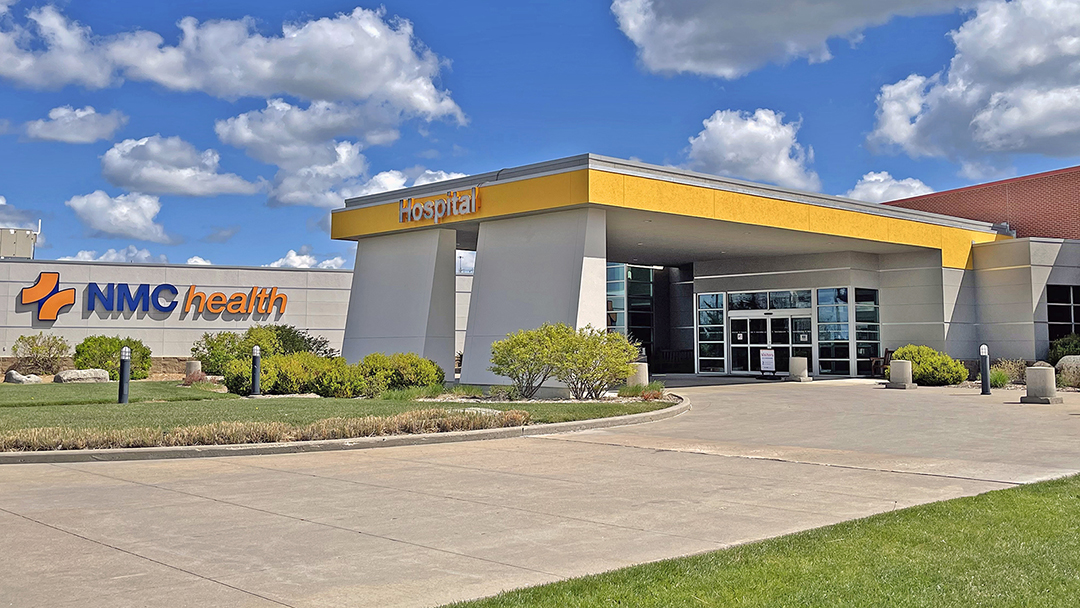The human body is miraculous. Your immune system is responsible for fighting off disease and infections, sometimes before they even make you sick. But it can only do so much when the chicken pox or measles creep in. For an added boost of immunity, vaccines can protect you from common diseases. But how do they work?
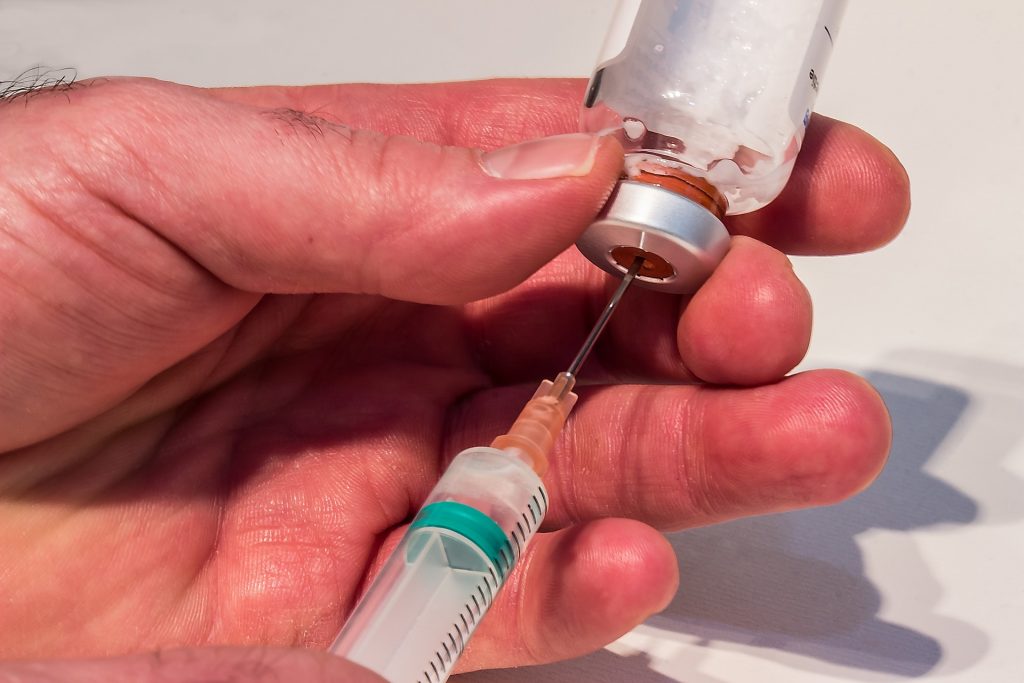
How vaccines work – a summary
If we’re going to understand how vaccines work, we need to take a look at how our immune system fights disease.
When your body comes into contact with bacteria or virus germs, their cells can spread quickly throughout your body. This rapid growth can make you sick because “bad” cells are invading your good cells.
But while your immune system has a team in place (your white blood cells) to attack the invaders, they may not respond quickly enough to keep you healthy. However, your white blood cells will remember the germ and create antibodies to fight it off the next time you come into contact with it. That’s called immunity.
Not all germs are made the same. The antibodies made by your white blood cells are each on the lookout for specific infections, ready to stop them in their tracks.
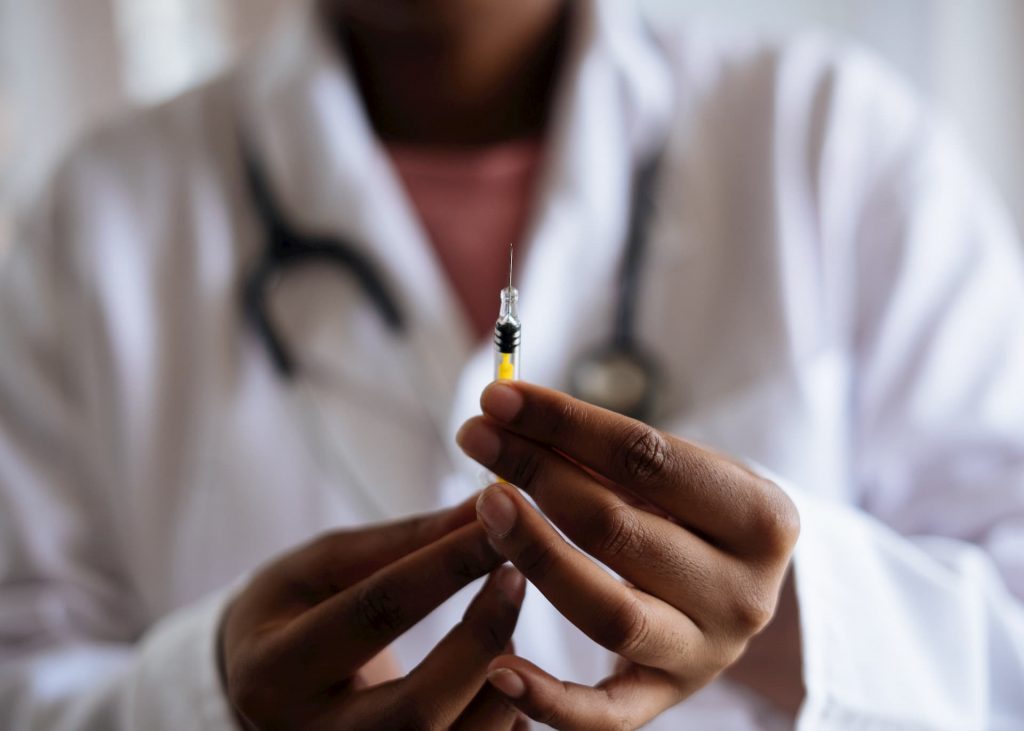
How vaccines help
Vaccines can help speed up this process by providing you with immunity without you having to get sick first. When a bunch of people commit to getting vaccinated, it creates what’s called herd immunity, meaning those who have gotten their shots can help protect others (like babies and those who cannot take vaccines) from getting sick.
However, according to the World Health Organization (WHO), in order to get rid of nasty viruses like chicken pox or measles, the rate of vaccination needs to be at least 94 percent or higher. The current rates of vaccination in the U.S. is just shy of that, at 91 percent. That’s why it’s so important for parents to continue to vaccinate their children, despite common myths about vaccines.
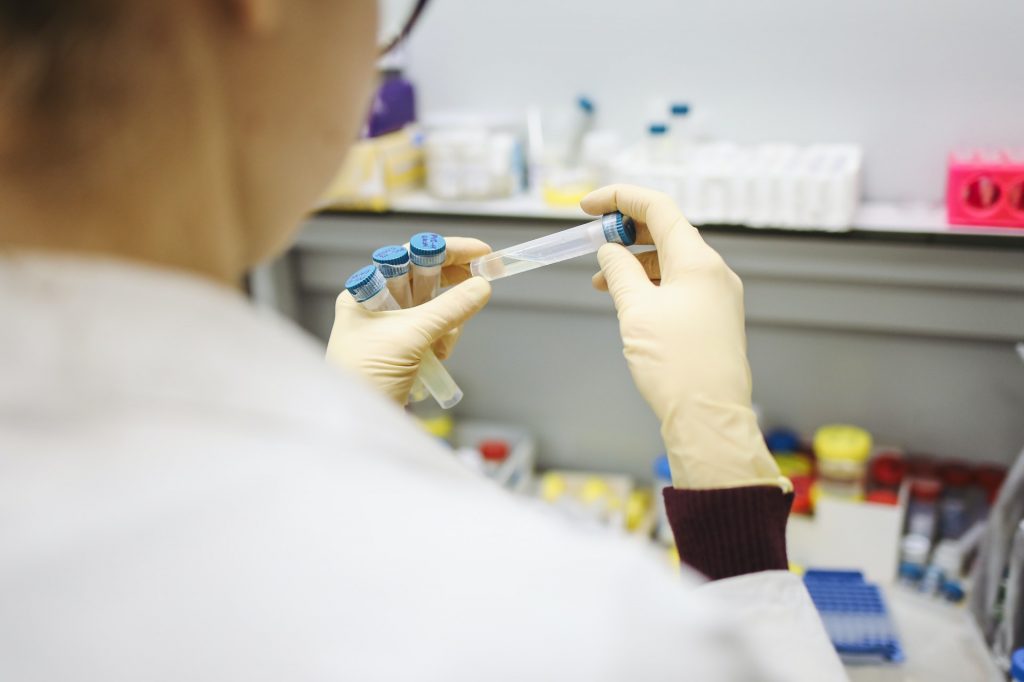
How vaccines are made
Scientists have perfected the different ways they create vaccines. Each type is made based on what effectively fights the illness it is trying to prevent.
There are a lot of factors that go into creating a vaccine including:
- Location – where you’re at in the world and what strain of illness might be in your area
- How your immune system responds to the germs
- Whether the vaccine will prevent bacteria or viruses
- The average level of exposure and how much of the vaccine needs to be made
- How the vaccine will be given to people across the world
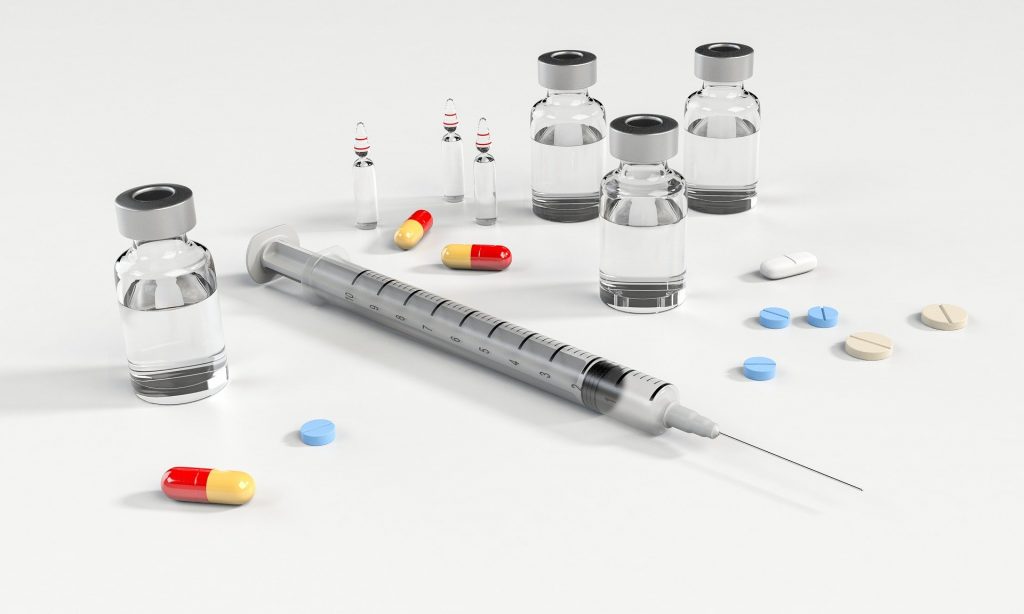
Types of vaccines
There are different types of vaccines that protect people from up to 14 different illnesses:
- Live vaccines – these vaccines fight both viruses and bacteria. They’re made up of a live virus or bacteria that has been weakened so it can’t make you sick. The chicken pox and measles, mumps and rubella (MMR) vaccines are made with weakened live viruses.
- Inactivated vaccines – these vaccines can also fight bacteria and viruses but are made by killing the germs before injecting the vaccine. The flu shot is one example of an inactivated vaccine. With these kinds of vaccines, booster shots and multiple doses are needed to build immunity. That’s part of the reason you should get a flu shot every year.
- Subunit vaccines – these vaccines are made from just one little piece of the germ (such as its protein or its sugar molecule). These specialized vaccines are made specifically for viruses like Hepatitis B, HPV and whooping cough (part of the Tdap vaccine).
- Toxoid vaccines – these vaccines contain weakened toxins so that they protect a person against certain bacteria, but the vaccines themselves do not cause illness. The Tdap (tetanus, diphtheria, pertussis/whooping cough) vaccine is a toxoid vaccine because it contains weakened versions of diphtheria and tetanus. The part of the vaccine that protects you against whooping cough is a subunit vaccine.
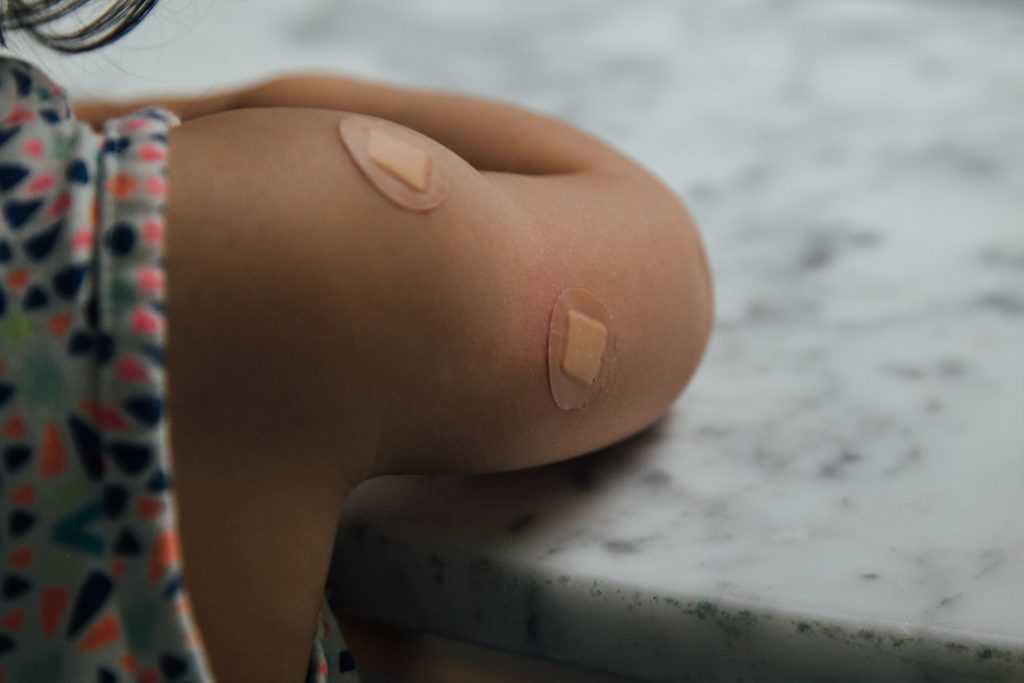
Booster shots and shots series
Some vaccines will require more than one dose to help you and your child build immunity. Making sure you’re taking all the doses in a series of shots is super important.
For instance, the Tdap vaccine is given in a series of four shots for infants to make sure they’re covered until they’re an adult. But children do a need a booster around the age of 4-6 years and then again at 11-12 years old. Everyone should have at least one Tdap between the ages of 18 and 64 with a tetanus shot every 10 years. The CDC recommends another Tdap shot after the age of 64.
You can look at a complete schedule for vaccines for kids and vaccines for adults on the CDC website.

The future of vaccines
There is still a lot of research to be done as scientists work on vaccines. One exciting development takes the genetic material of a germ cell and creates a vaccine from that. This is called a DNA vaccine. They will allow the body to create a strong response to an illness and potentially give lasting or permanent immunity.
Recombinant vector vaccines are a next-generation tool that could speed up the process of making life-saving immunizations. These vaccines are made of live bacteria or virus cells that were scientifically engineered rather than grown in a petri dish. They act like a regular infection without making people sick, so the body’s immune system learns how to respond effectively to it.
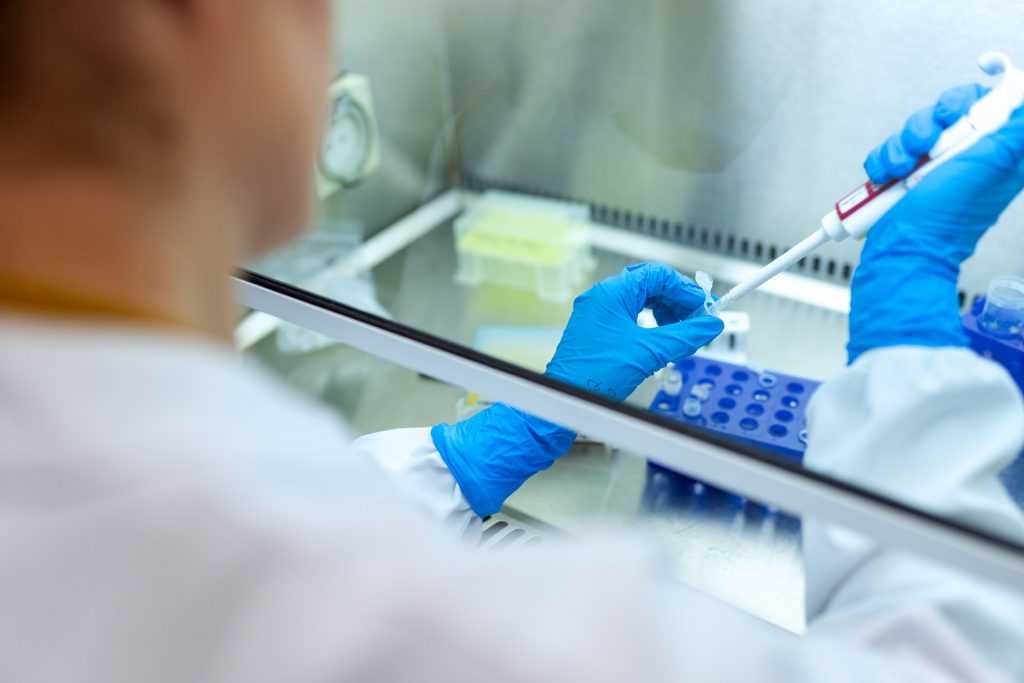
COVID-19 vaccine
Researchers are working tirelessly to create a virus that will protect people from COVID-19 and end the coronavirus pandemic. It could take up to 18 months for a vaccine to be readily available for the general public. Health experts say an effective vaccine is the only way to protect people from COVID-19.
Scientists all over the globe are rushing to come up with a COVID-19 vaccine that can be distributed worldwide. There are more than 170 vaccines in the works right now with a small portion of them in Phase 3 human trials. As of the time this was written, experts believe they could have a preliminary round of vaccines ready by early fall, however others say it won’t be until mid-2021 before a vaccine would be “safe” for the general public.

